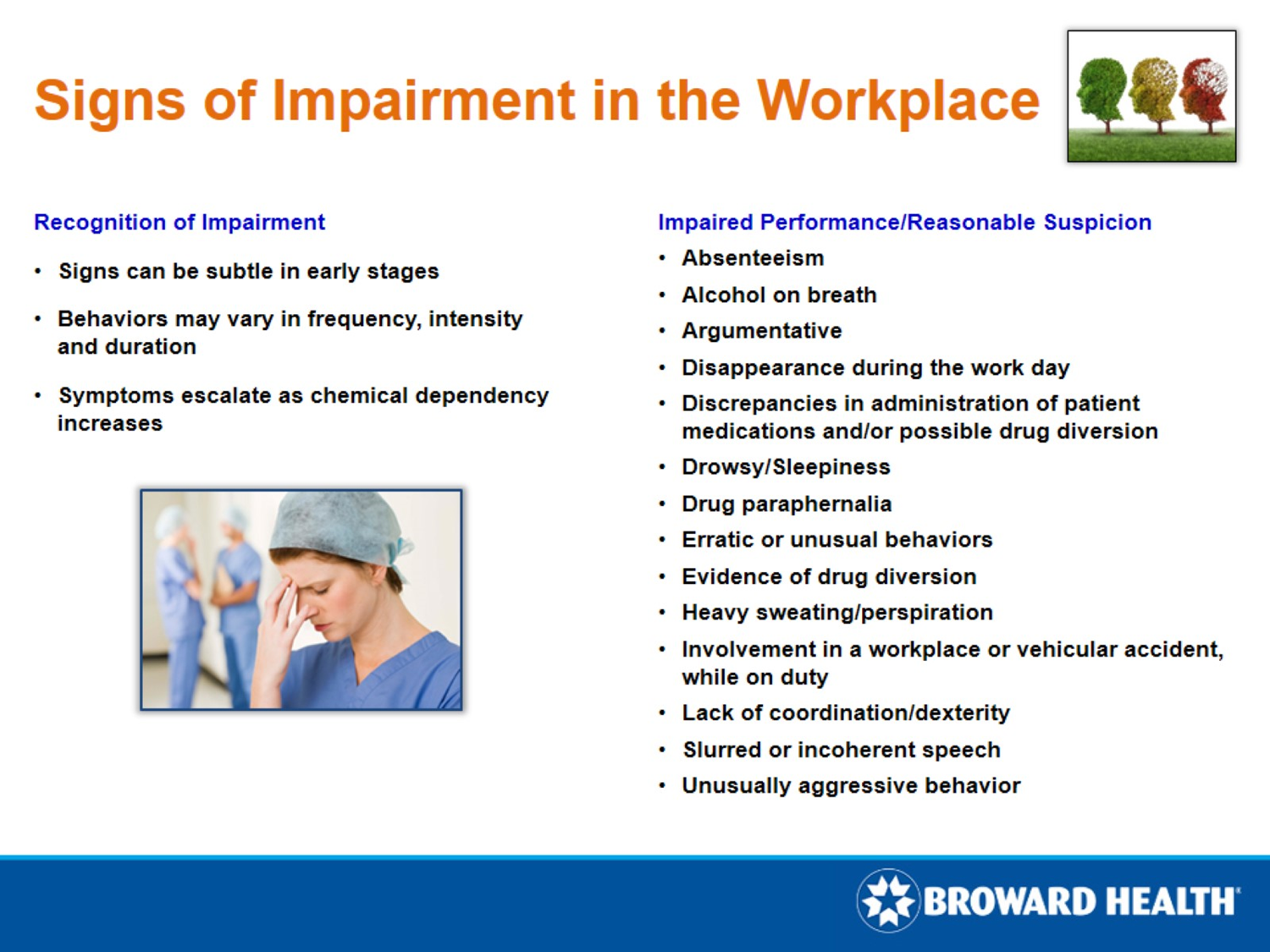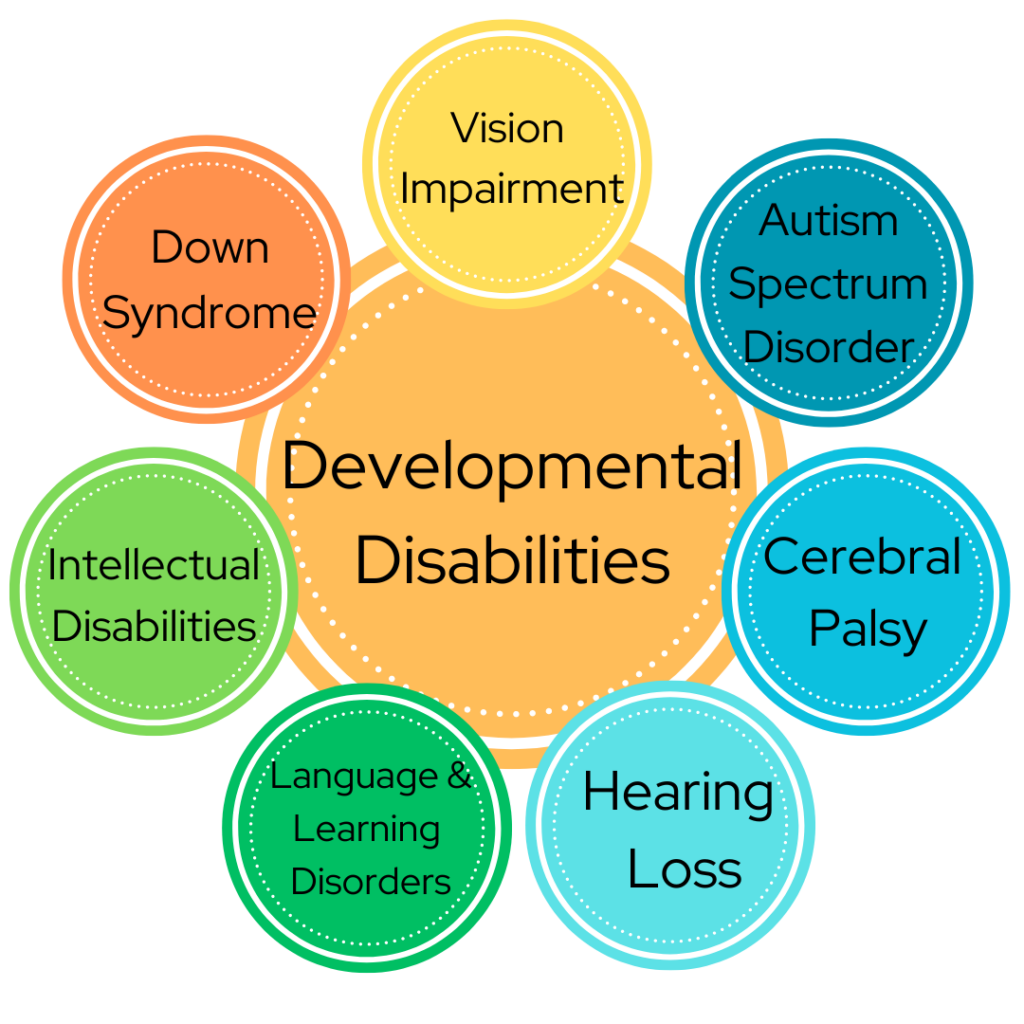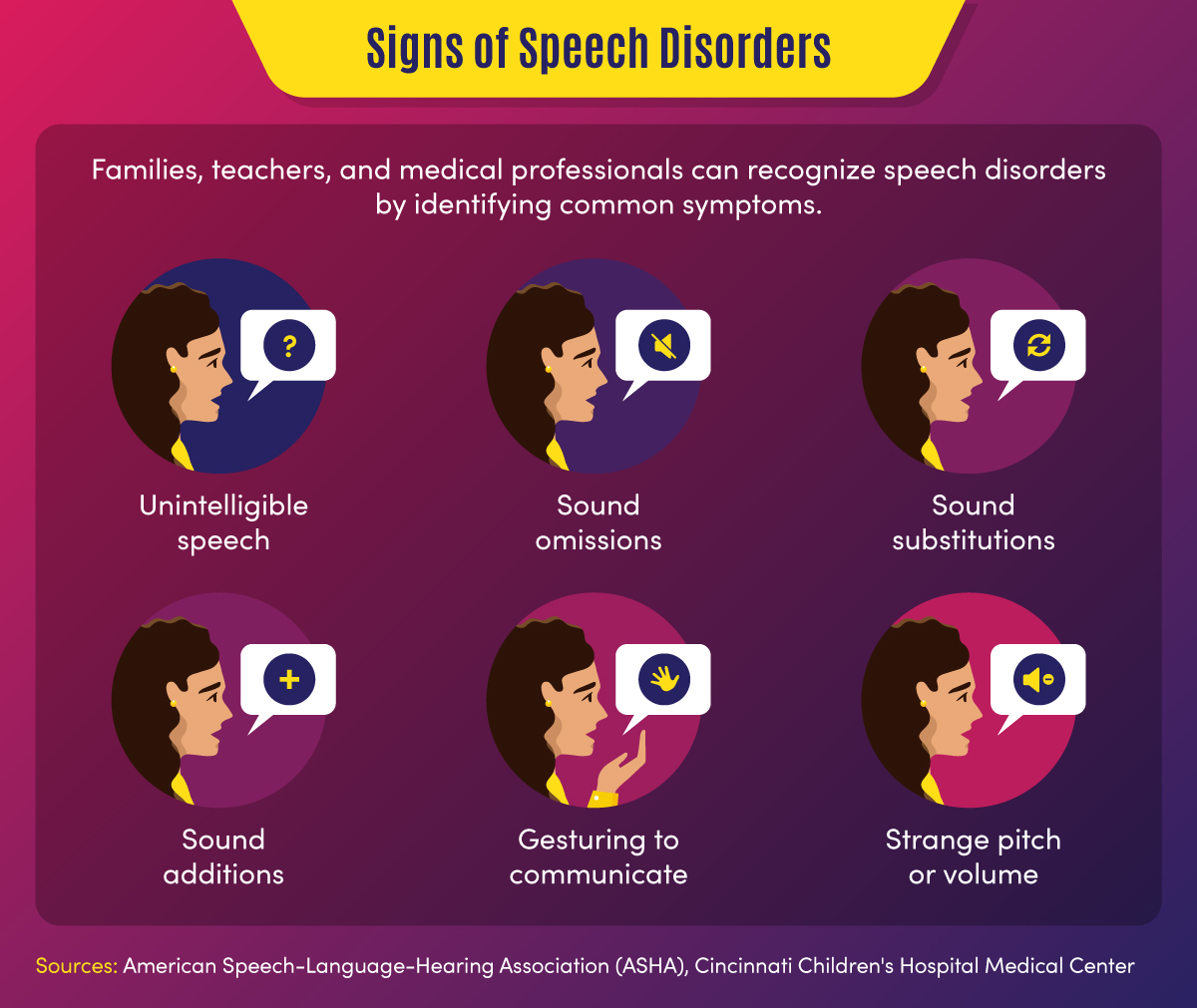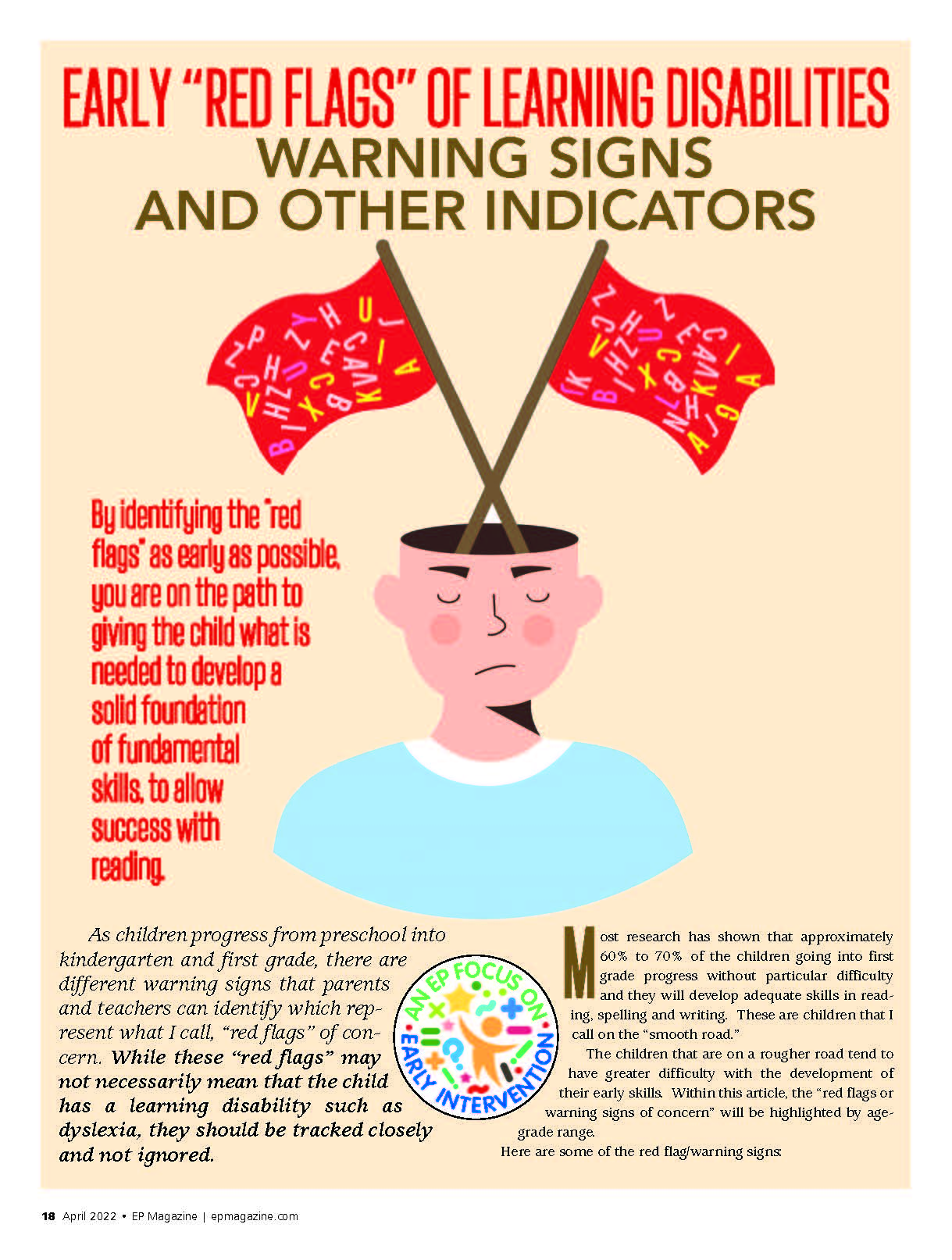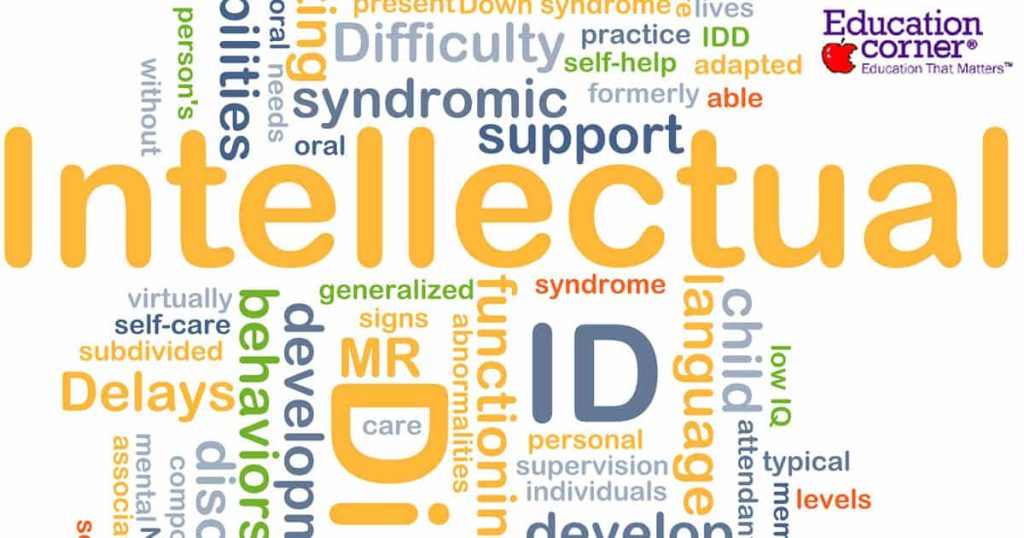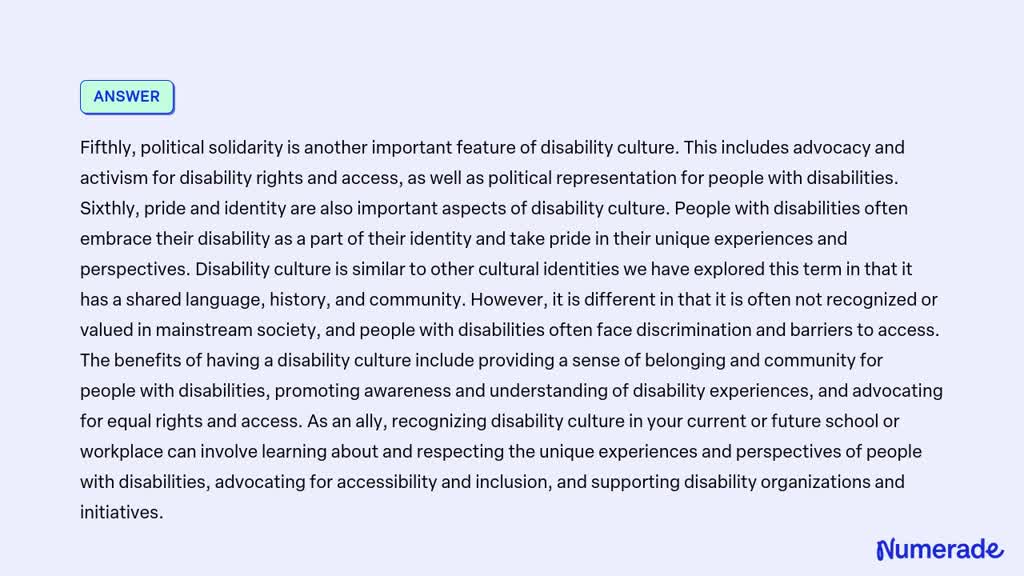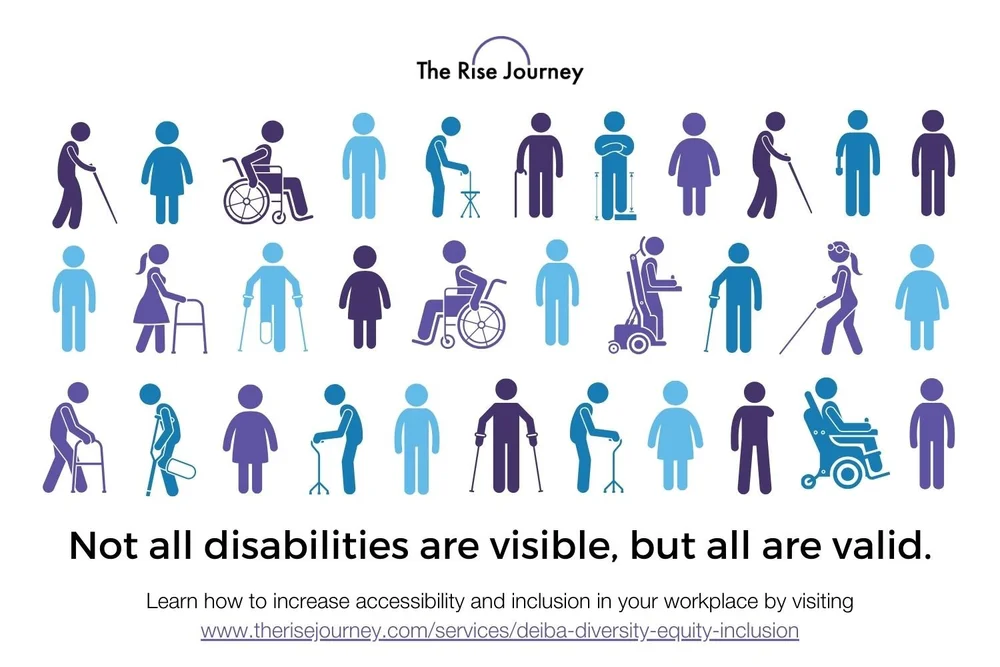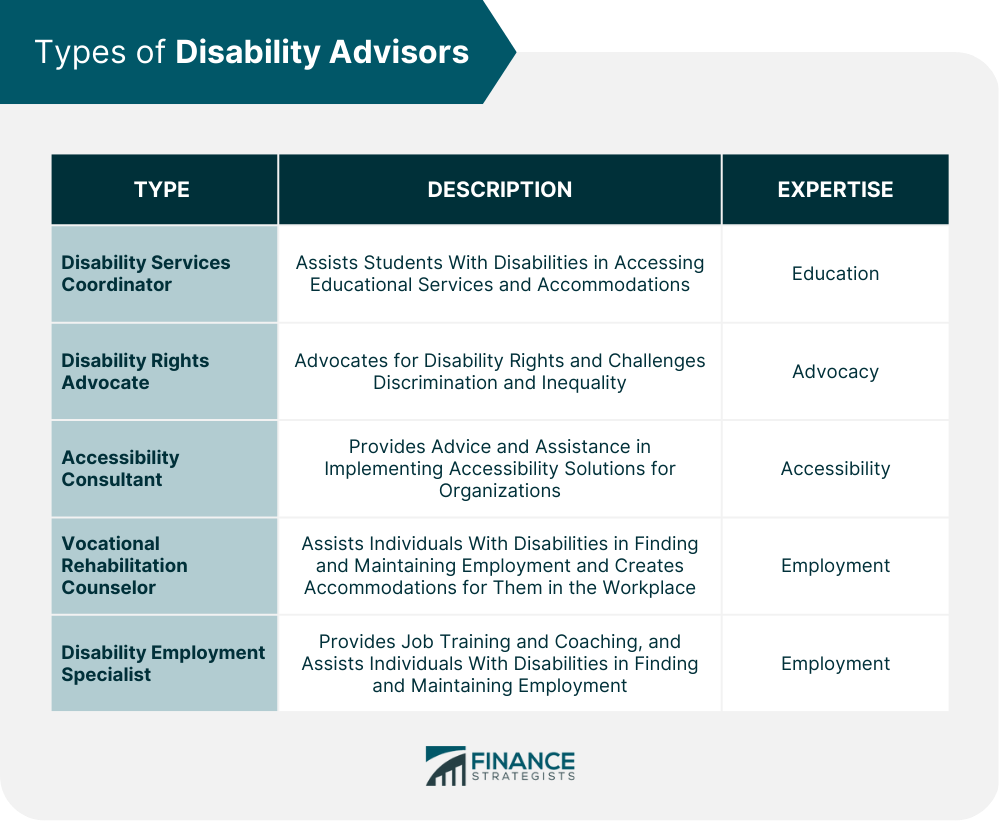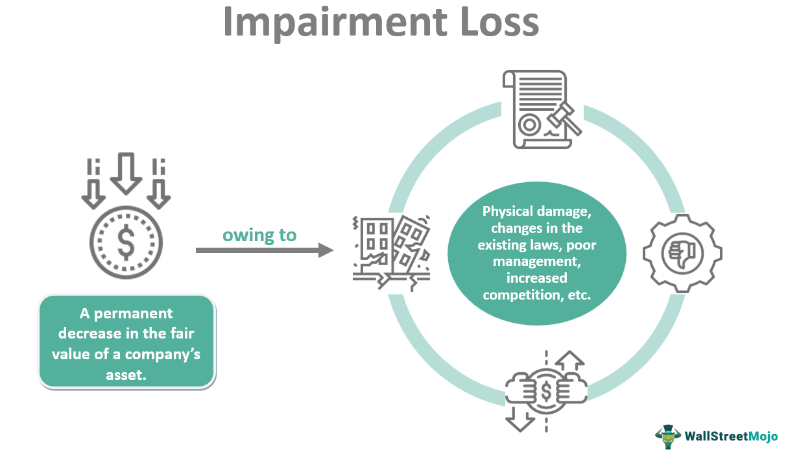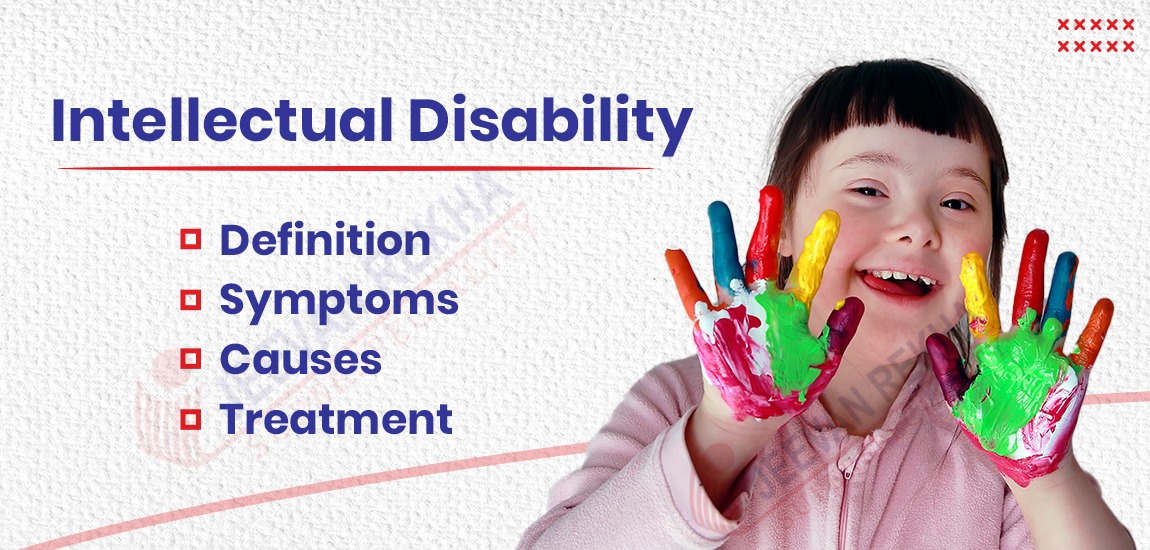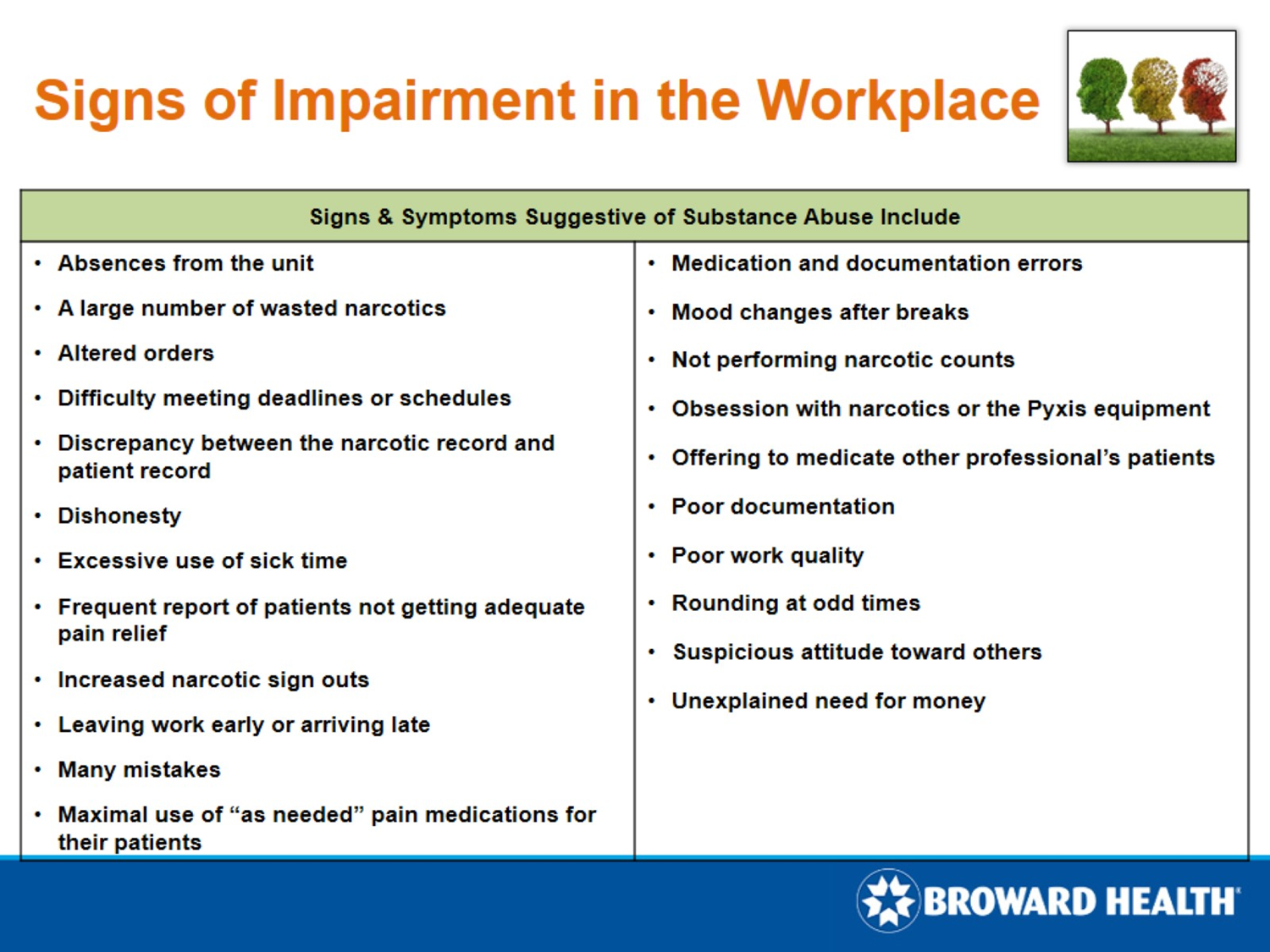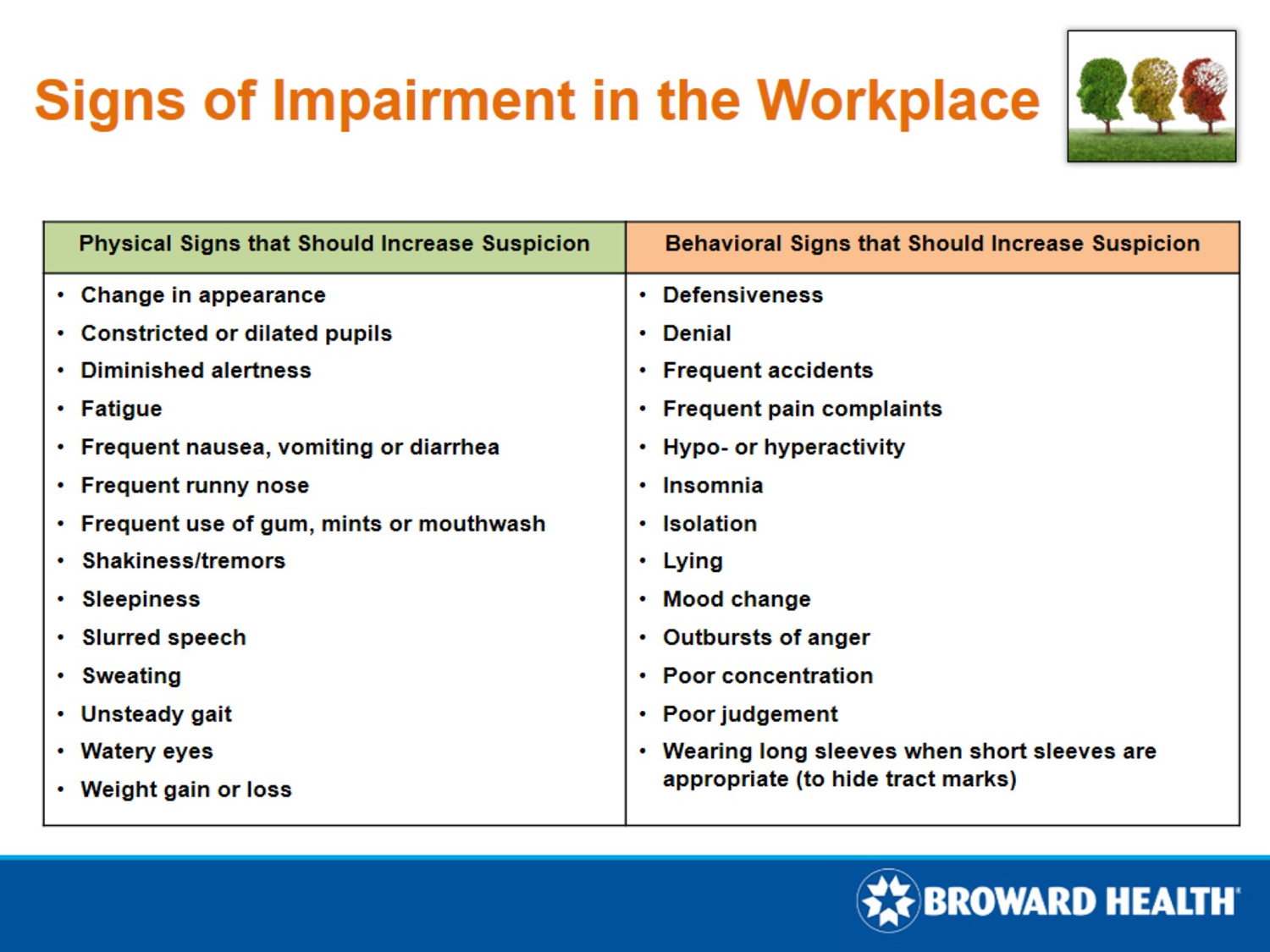Which Of The Following Is Not A Sign Of Impairment

Confusion reigns as public service announcements regarding impairment symptoms mistakenly include behaviors actually indicative of focus and sobriety. Experts are scrambling to correct the misinformation before it leads to flawed judgements and accusations.
The Error: What's Been Misreported?
The central issue revolves around the inclusion of intense concentration as a potential sign of impairment in recent public awareness campaigns. Law enforcement officials and medical professionals are now clarifying this grievous error. Intense concentration is, in fact, more often a sign of alertness and focused attention, the very opposite of impairment.
Who Is Affected?
This miscommunication impacts anyone subject to observation for potential impairment, including drivers, employees in safety-sensitive roles, and individuals undergoing medical evaluations. The potential for misinterpretation could lead to unfair scrutiny and even legal repercussions. Incorrectly flagging someone as impaired based on focused behavior is a serious concern.
Where Did the Misinformation Originate?
The source of the error is traced back to a misinterpretation of research data on the effects of certain stimulants. These substances can *sometimes* induce hyper-focus alongside other, more obvious signs of impairment. However, the PSA failed to differentiate between genuine intense focus and the erratic, uncontrolled focus sometimes associated with specific substance use.
When Was the Error Discovered?
The error was first flagged by a group of neuroscientists who noticed the discrepancy in the publicly available information. Their concerns were quickly amplified by law enforcement trainers and medical professionals. This prompted immediate action from regulatory bodies to correct the narrative.
How Is the Correction Being Implemented?
A multi-pronged approach is underway to rectify the misinformation. Revised public service announcements are being rapidly produced and disseminated across various media platforms. Law enforcement agencies are issuing internal memos to correct training materials. Medical professionals are being provided with updated guidelines to ensure accurate assessment.
The Actual Signs of Impairment
It's crucial to understand what *actually* constitutes impairment. These are the signs that warrant genuine concern. Always prioritize observable, consistent symptoms.
Key Indicators to Watch For:
Slurred speech is a primary indicator of impairment. Noticeable balance and coordination problems should raise immediate concerns. Bloodshot eyes and dilated pupils are frequently associated with substance use.
Slowed reaction times can impair judgement. Difficulty concentrating is distinct from being intensely focused. Erratic or uncoordinated movements are key signs.
Differentiation is Key
Distinguishing between genuine focus and drug-induced symptoms is critical. True concentration is usually consistent and purposeful. Drug-induced behaviors are often erratic and unpredictable. Pay close attention to the context of the behavior.
Expert Opinions and Data
According to Dr. Anya Sharma, a leading neurologist, “The inclusion of intense concentration as a sign of impairment is a dangerous oversimplification. We must emphasize the importance of looking at the totality of symptoms and not jumping to conclusions based on a single behavior.” According to the National Institute on Alcohol Abuse and Alcoholism (NIAAA), impairment is primarily indicated by compromised motor skills and cognitive function.
Data from the National Highway Traffic Safety Administration (NHTSA) shows a consistent correlation between impaired driving and observable signs like slurred speech and weaving. There is no reliable data linking intense concentration to impaired driving. This highlights the danger of the misinformed PSA.
Ongoing Developments
Regulatory bodies are expected to issue formal statements addressing the error and outlining corrective measures. Further research is underway to better define the nuances between focused attention and drug-induced behaviors. Updated training modules for law enforcement are being developed to emphasize observation and comprehensive assessment.
The public is urged to consult credible sources for accurate information on impairment. Remain vigilant and report any instances of potential misidentification based on the flawed PSA. A proactive approach will help mitigate the harm caused by this error.
